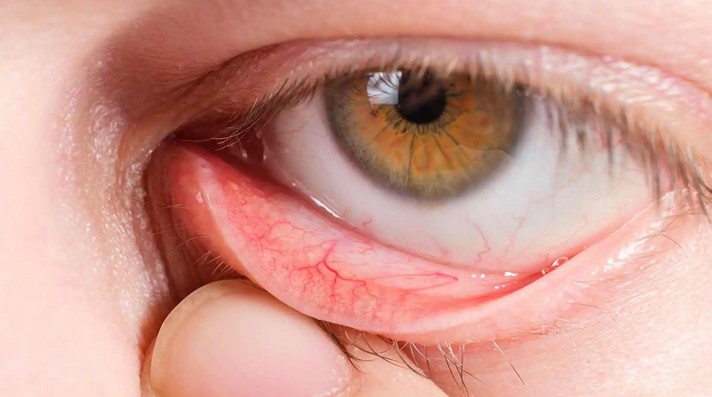
MGD Eye is a comprehensive resource for understanding Meibomian Gland Dysfunction (MGD) and its impact on eye health. MGD is a common eye condition that affects the meibomian glands, which are responsible for producing the oils that keep the eyes lubricated and healthy. MGD can cause a variety of symptoms, including dry eyes, redness, irritation, and blurred vision. This resource provides information on the causes, symptoms, diagnosis, and treatment of MGD, as well as tips for managing the condition and maintaining good eye health. With this information, individuals can better understand and manage their MGD, and take steps to protect their vision.
Exploring the Causes and Symptoms of Meibomian Gland Dysfunction (MGD)
Meibomian gland dysfunction (MGD) is a common eye condition that affects the meibomian glands, which are located in the eyelids. These glands produce an oily substance that helps keep the eyes lubricated and prevents them from drying out. When these glands become blocked or inflamed, it can lead to MGD.
The exact cause of MGD is not known, but there are several factors that may contribute to its development. These include age, genetics, environmental factors, and certain medical conditions. Age is a major factor, as MGD is more common in people over the age of 40. Genetics may also play a role, as some people may be more prone to developing MGD due to their family history. Environmental factors such as air pollution, smoke, and dust can also contribute to MGD. Certain medical conditions, such as diabetes, can also increase the risk of developing MGD.
The most common symptom of MGD is dry eyes. Other symptoms may include redness, itching, burning, and a feeling of grittiness in the eyes. In some cases, the eyes may also become swollen and painful. If left untreated, MGD can lead to more serious complications such as corneal ulcers and vision loss.
If you think you may have MGD, it is important to see an eye doctor for a proper diagnosis. Treatment for MGD typically involves using artificial tears, warm compresses, and lid scrubs to help reduce inflammation and unblock the meibomian glands. In some cases, antibiotics may also be prescribed. With proper treatment, MGD can be managed and the symptoms can be relieved.
How to Manage and Treat MGD to Protect Your Eye Health
Ménière’s Disease (MGD) is a disorder of the inner ear that can cause vertigo, hearing loss, tinnitus, and a feeling of fullness in the ear. It is a chronic condition that can have a significant impact on your quality of life. Fortunately, there are steps you can take to manage and treat MGD to protect your eye health.
The first step in managing MGD is to identify and avoid triggers. Common triggers include stress, certain foods, caffeine, alcohol, and certain medications. Keeping a diary of your symptoms and activities can help you identify potential triggers.
The second step is to make lifestyle changes to reduce stress and improve your overall health. This includes getting enough sleep, exercising regularly, and eating a healthy diet. It is also important to avoid activities that can worsen symptoms, such as smoking and exposure to loud noises.
The third step is to take medications to reduce symptoms. These may include diuretics to reduce fluid buildup in the inner ear, anti-nausea medications to reduce vertigo, and anti-anxiety medications to reduce stress. Your doctor may also prescribe steroids to reduce inflammation.
The fourth step is to use hearing aids or cochlear implants to improve hearing. These devices can help you hear better and reduce the feeling of fullness in the ear.
Finally, it is important to see your doctor regularly for checkups. Your doctor can monitor your condition and make sure that your treatment plan is working.
By following these steps, you can manage and treat MGD to protect your eye health. With the right treatment plan, you can reduce your symptoms and improve your quality of life.MGD Eye is an important resource for understanding Meibomian Gland Dysfunction and its impact on eye health. It provides comprehensive information on the causes, symptoms, diagnosis, and treatment of MGD, as well as tips for prevention and management. With its easy-to-understand language and helpful visuals, MGD Eye is an invaluable resource for anyone looking to learn more about this condition and its effects on eye health.